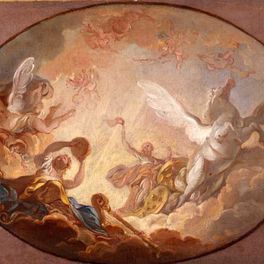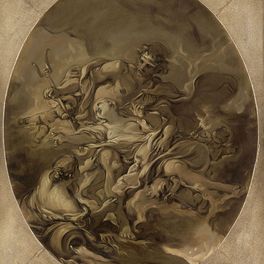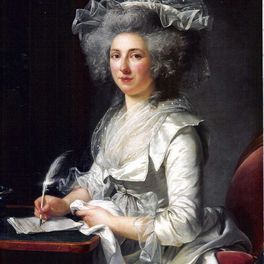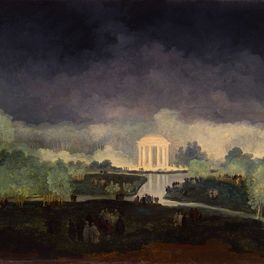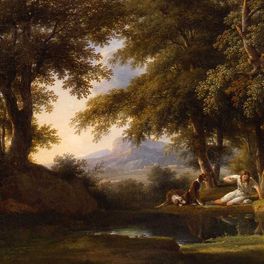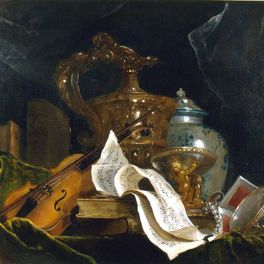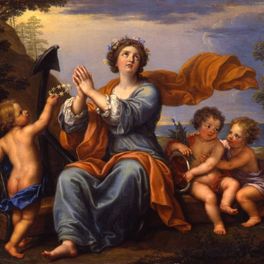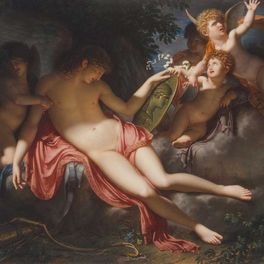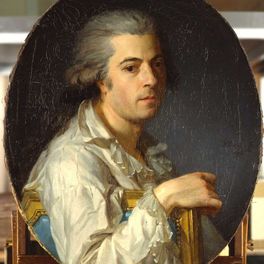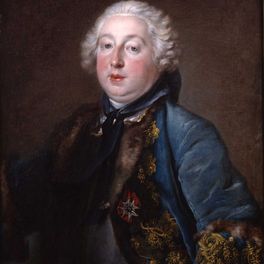The French paintings (17th and 18th centuries)
French paintings constitute half of de Silguy’s collection and total 490 works of which 130 are anonymous. He had to settle for copies of 17th century masters, or works that were attributed to or « in the style of », as the originals were already unavailable: little interest was shown in nine paintings by Poussin, six by Watteau and seven by Le Brun. The French state allocated no early 19th century works to the museum, which is also short of large altar pictures by Vouet or Le Sueur, and seminal works of classical art by Claude Lorrain or Poussin. However, two companion pieces by Pierre Mignard, allocated by the French state in 1897, and various canvases by Jean Tassel, Pierre-Antoine Patel and Nicolas Loir enable us to appreciate the different movements of the “Grand Siècle”. Of the latter, we have Moïse sauvé des eaux (Moses saved from the water), which belonged to Jean-Marie de Silguy’s maternal family: it was considered as the finest painting retained in lower Brittany in the 18th century, and until recently, was thought to be an authentic Poussin.
The situation was different in the 18th century. Works were more accessible, so much so that de Silguy could freely choose his sketches (Boucher, Fragonard, Berthelemy, Halle, Amand, Brenet, Callet, Suvée, etc.), which were then less appreciated by art lovers. Today these works are considered to be of great interest, as de Silguy, who was born in 1785, had witnessed the last events of the 18th century, such as the death of Fragonard in 1806. He attended many studio sales following a death and was in tune with the artistic creativity of his day, through his visits to Salons or by associating with painters.

